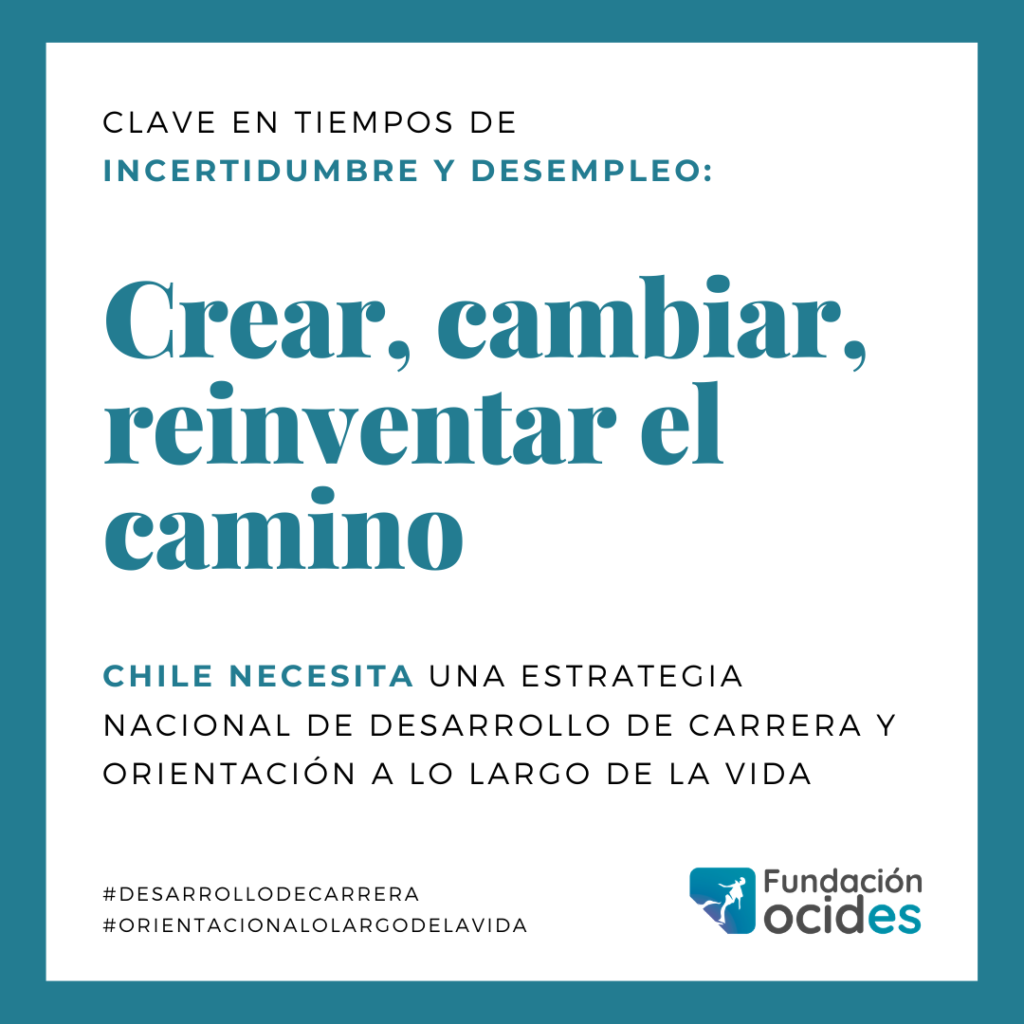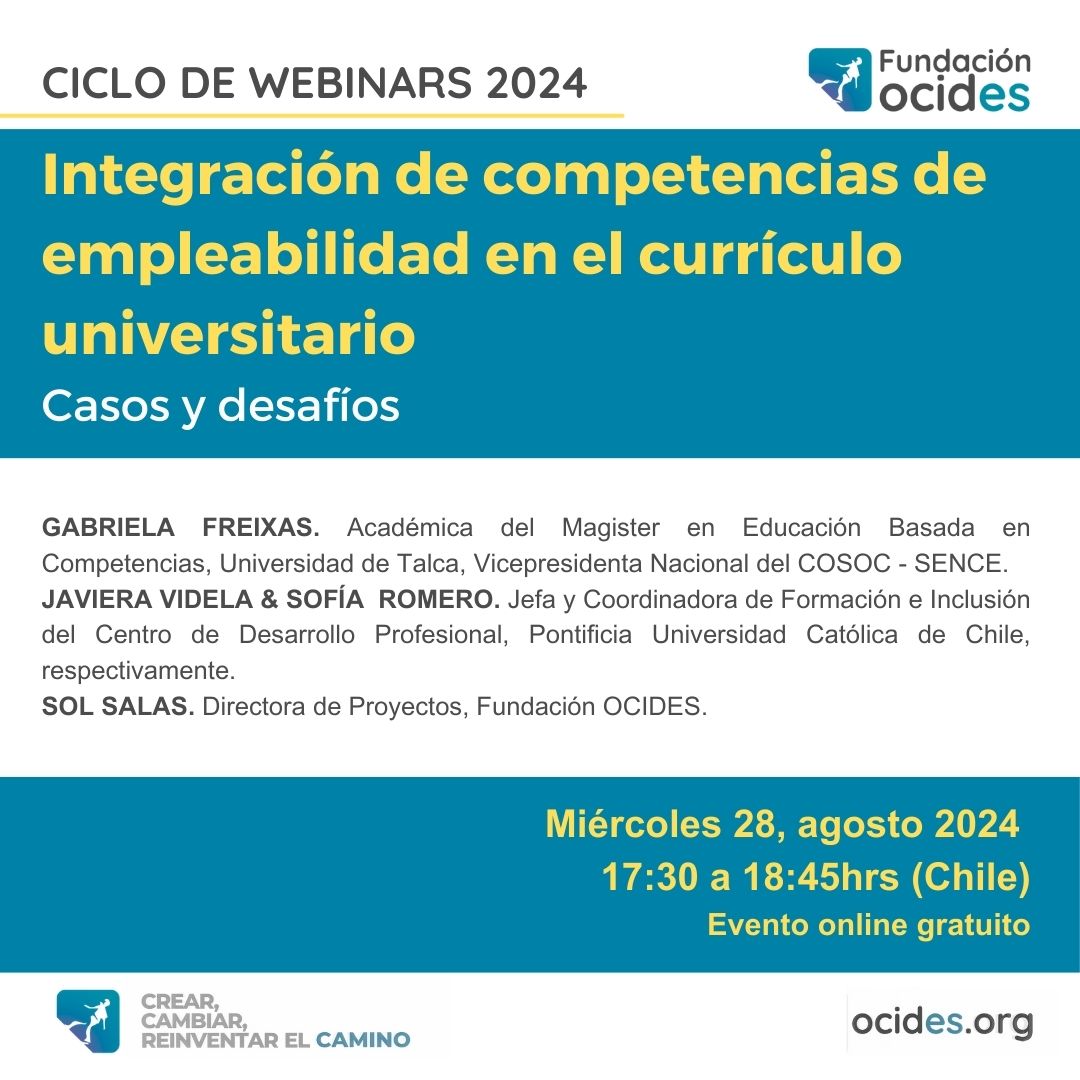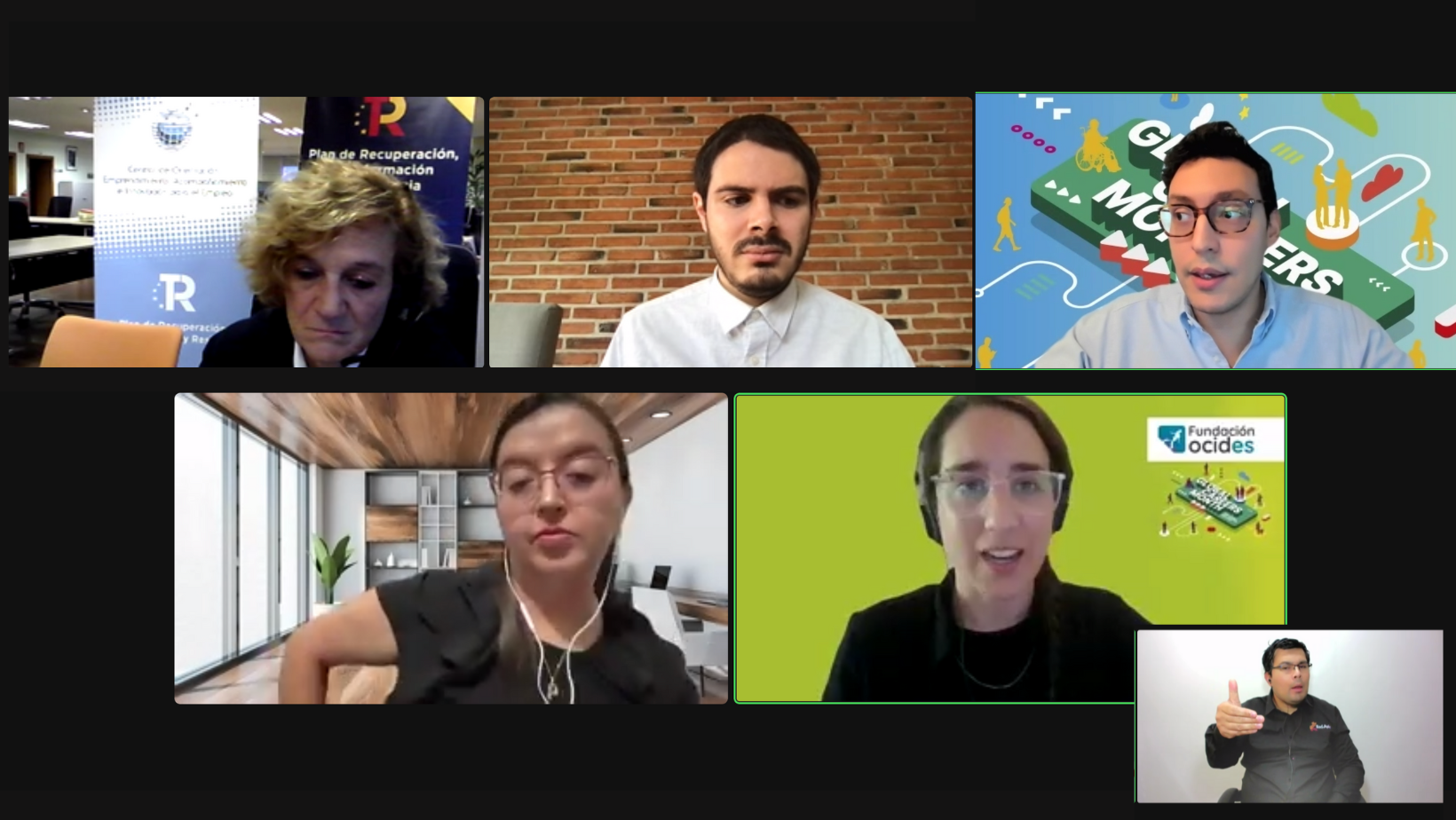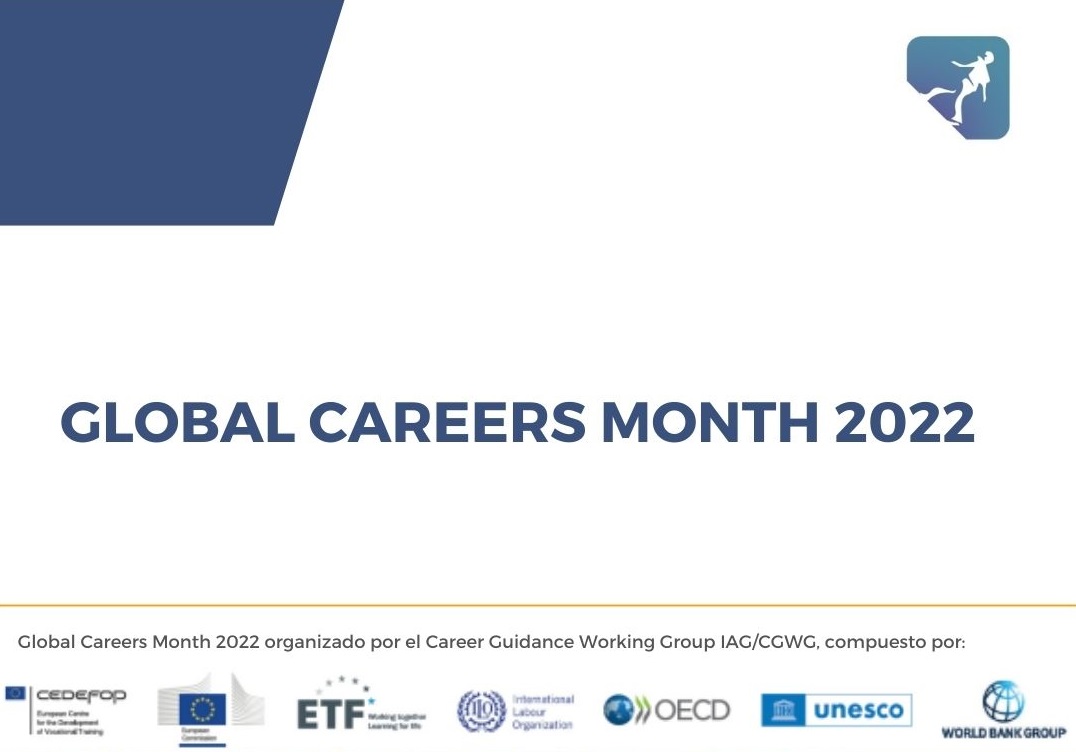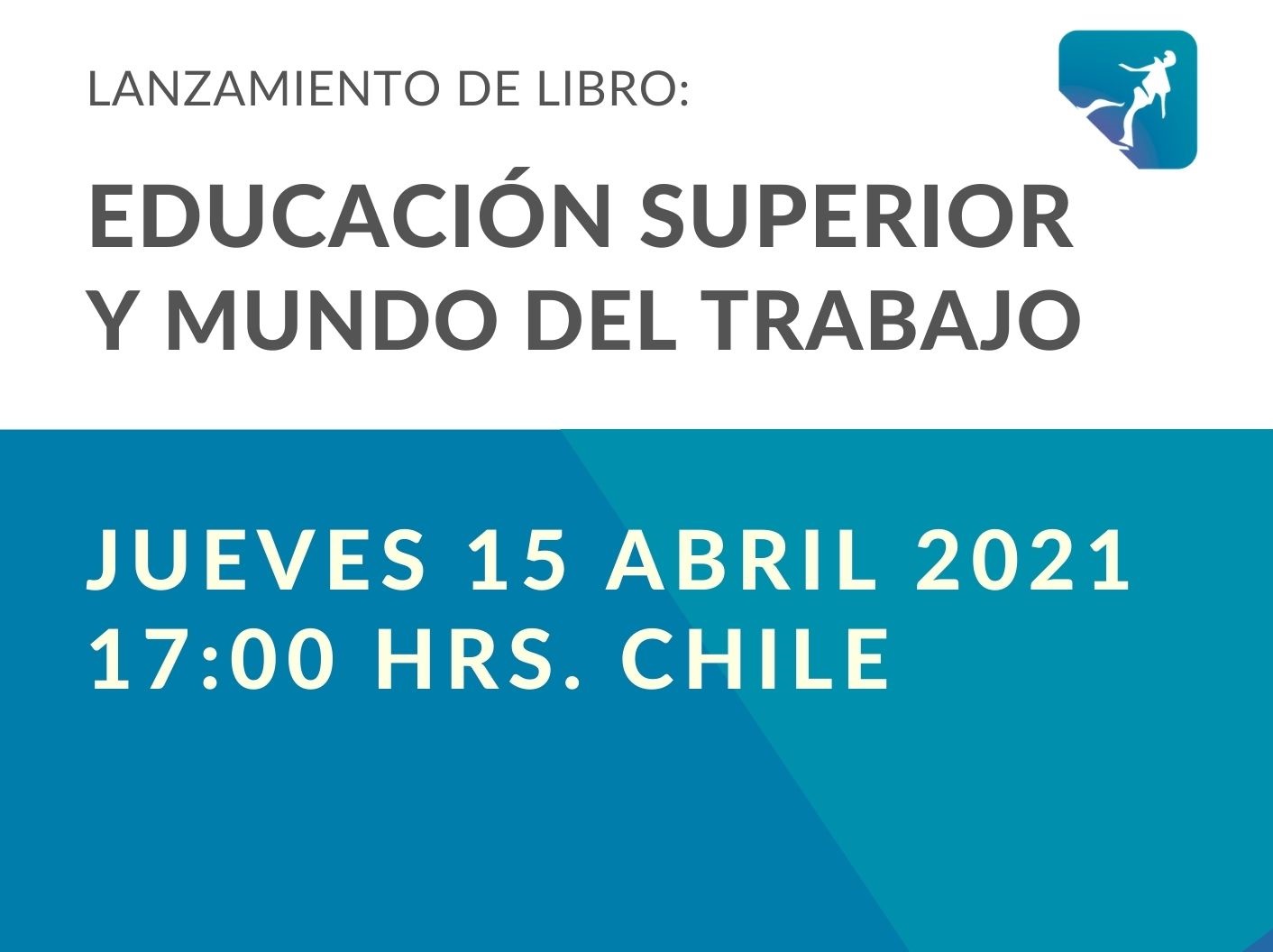
As graduation from higher education does not guarantee the transition to employment or professional success, higher education is considered an imperfect source of training for the world of work (Teichler, 2005). The transition from one sphere to the next is a process influenced by a wide range of internal and external factors affecting professional development.
However, the argument that higher education must contribute directly to economic regeneration and growth (Harvey, 2000) states that the framework within which higher education tends to be observed is according to outcomes such as income and status, that is, the results that most governments, employers and students expect from higher education (Watts, 1997; Schomburg, 2007; Teichler; 2009).
The desired alignment between the preparatory and applied dimensions of the graduate’s experience positions the transition process from higher education to the employment and professional career as a ‘strategic stage’ (Bergson, 1999:9) for higher education providers, as performance indicator and feedback regarding the employment issue.
In that sense, the increasingly large highly qualified workforce has completely altered the balance between supply and demand, giving rise to a complex scenario in which knowledge is a substantial basis to be complemented by other subjective and objective factors measured in the process whereby graduates become active members of the world of work.
In light of the developments in higher education of the last six decades, Allen and Van der Velden (2007) state that the transition process has gone from being defined as the intermediate stage between full-time schooling and full-time employment to a complex concept delimited by these specific circumstances but characterised asprecarious.
The transition process from higher education to employment can be analysed as an integrated range of factors that can be broken down as follows (Raffe, 2007; Schomburg and Teichler, 2006):
- Educational experiences and outputs: mode and institution of learning, highest level of qualification, field of study, occupational choice.
- Job search: motives, abilities, opportunities, information and guidance, contacting employers, recruitment methods.
- Labour market outcomes: unemployment risk by type and level of education, security of employment, occupation, education and income, inappropriate employment.
- Transition dynamics: the time it takes to transition from higher education to a ‘regular’ or full-time permanent job (rapid transition, smooth transition or early career success), the number and frequency of flows within the labour market (employment/unemployment, job-changing and occupational mobility dynamics) and the labour market and education/training.
The concept of employability cuts across all these factors as a highly expected outcome, as well as an indicator of the graduate’s performance in terms of joining the world of work. Consequently, employability and preparedness are often observed through a wide variety of prisms that in words of Teichler (2009:303) ‘altogether seems to emphasize the value of competences immediately useful on the job and the subordination of the objectives of higher education to employers’ expectations’
Roles of Career Guidance
Over the last decade supranational organizations such as the OECD, the World Bank, the European Union and the International Labour Organization have emphasized the importance of career guidance, particularly in terms of achieving the following goals:
lifelong learning;
labour market outcomes; and
social equity and social inclusion (Hansen, 2006:2).
Not only do they identify attention to career guidance as one of the issues involved in the initial transition from school to work but also as an issue to be addressed on a lifelong basis (Watts, 2002:2). Consequently, diverse initiatives have been implemented to strengthen research, collaboration and networking in order to promote a common understanding of career guidance at both the national and international level (OECD, 2002; Hansen, 2006).
To this end, the OECD’s international review Career Guidance: A Handbook for Policy Makers offers the following comprehensive definition: ‘Career guidance refers to services and activities intended to assist individuals, of any age and at any point throughout their lives, to make educational, training and occupational choices and to manage their careers’ (OECD, 2004:10).
In this framework, Hansen (2006:5) remarks that ‘the low or middle-income country also recognises that human resource development is an integral part of overall national economic development and the promotion of social solidarity. Employers in [these countries] also increasingly recognise the need to encourage their workers, and youth, to develop new skills to meet rapidly changing skills demands’.
Additionally, the Australian National Association of Graduate Career Advisory Services (NAGCAS) notes that the benefits derived from career guidance can be considered to be short-, medium- and long-term and to accrue at the individual, organisational and social levels. ‘Career development learning should not be conceived of as a one-shot intervention limited to [the] young school-leaver, or the final-year university student, but rather a lifelong service available for all citizens for both private and public good’ (NAGCAS, 2008:4).
Institutional Responses from Higher Education
In the knowledge economy and society, the trend towards aligning higher education with the needs of the working world has received considerable attention, turning concepts such as ‘evaluation’, ‘accountability’, ‘knowledge society’, ‘knowledge economy’, ‘employability’, and ‘internationalisation’ or ‘globalisation’ into some of the main recurring dimensions of the debate about the relationships between higher education and the world of work (Teichler, 2009).
In this context, a diverse range of support services geared towards helping students with the transition to employment has become increasingly common among higher education providers in recent decades (Teichler, 2009; Watts, 1997; Brennan and Shah, 2003).
These services, currently grouped under the heading ‘career services’, are a long-standing tradition in the United Kingdom and United States. In this respect, Watts (1997) argues that the UK has the most strongly developed career services in Europe and, alongside the US, has become a global leader in the field. However, institutions from other economically developed countries also offer strong career services.
Nevertheless, the OECD report Career Guidance and Public Policy: Global Issues and Challenges states that the career counselling services offered at higher education institutions in several of the countries studied were inadequate. ‘Ironically, career guidance roles within education tend to be least strongly professionalised in higher education, which is the sector that is responsible for much of the professional training in the field as a whole’ (Watts, 2002:6).
In the same report, Watts explains that in some cases the guidance is confined largely to chose of studies. The author considers that this situation may not be negative if the student population is small and relatively homogeneous and is pursuing similar fields of study and career paths. However, more often the situation in higher education is just the opposite. Much larger and more diverse student bodies, a greater range of motivations, institutional types and study programmes, and a broad and dynamic labour market makes the lack of career guidance into a negative situation for students and graduates.
The UNESCO recommendations for developing, implementing and assessing these types of services in higher education are basically four-pronged (UNESCO, 2002:4):
Help individuals gain greater self-awareness in areas such as their interests, values, abilities, and personality style;
Connect students with resources so that they can become more knowledgeable about jobs and occupations;
Engage students in the decision-making process so that they can choose a career path that is well suited to their interests, values, abilities, and personality style; and
Assist individuals in becoming active managers of their careers (including managing career transitions and balancing various life roles), as well as lifelong learners in the sense of professional development over their lifespan.
The established initiatives of higher education systems in this field tend to take the form of inter-institutional collaboration networks. These bodies are usually aimed at promoting the exchange of information and good practices, organising conferences and activities, and producing studies and publications for practitioners.
At the national level, examples include the National Association of Colleges and Employers (NACE) in the US, the Association of Graduate Careers Advisory Services (AGCAS) in the UK, the aforementioned NAGCAS in Australia, and the Canadian Career Development Foundation.
Efforts at the international level include the International Association for Educational and Vocational Guidance (IAEVG) and the International Centre for Career Development and Public Policy (ICCDPP) which has one of the largest international open repositories of informative resources (see http://www.iccdpp.org/).
Conclusion
Career guidance is a crucial factor in bridging the gap between higher education and the world of work, providing it is not solely focused on employability indicators. When understood as a process requiring strategic planning, assessment, professionalisation of the staff and commitment to a comprehensive education. In that respect, the role of career guidance in higher education is important to engage students and graduates in their own personal and professional development to the benefit of their communities.
References
Allen, J. and Van der Velden, R. (2007). ‘Transitions from Higher Education to Work’. In Teichler, U. (ed.). Careers of University Graduates. Views and Experiences in Comparative Perspectives Series. Higher Education Dynamics, Vol. 17. Dordrecht: Springer: 55-77.
Bengston, J. (1999). Foreword. In Stern, D. and Wagner, D. (eds.). International Perspectives on the School-To-Work Transition. New Jersey: Hampton Press.
Brennan, J. and Shah, T. (2003). Access to What? Converting Educational Opportunity into Employment Opportunity; Final Report. London: Open University.
Hansen, E. (2006). Career Guidance: A Resource Handbook for Low- and Middle-Income Countries. ILO: Geneva.
Harvey, L. (2000). New Realities: The Relationship between Higher Education and Employment. Tertiary Education and Management, 6(1): 3-17.
NAGCAS. (2008). Response to Review of Australian Higher Education Discussion Paper. Retrieved August 2011 from URL: http://bit.ly/utawfr
OECD. (2002). Why Career Information, Guidance and Counselling Matter for PublicPolicy. Working draft #1. OECD. Paris.
OECD. (2004), Career Guidance. A Handbook for Policy Makers. OECD: Paris.
Raffe, D. (2007). ‘The Concept of Transition System: A Review of Recent Research’. European Research Network on Transitions in Youth. Ghent: Ghent University, Faculty of Economics and Business Administration, 15th annual workshop, 1-21.
Schomburg, H. and Teichler, U. (2006). Higher Education and Graduate Employment in Europe: Results of Graduate Surveys from Twelve Countries. Dordrecht: Springer.
Schomburg, H. (2007). The Professional Success of Higher Education Graduates. European Journal of Education, 42(1): 35-57.
Teichler, U. (2005). Graduados y Empleo: Investigación, Metodología y Resultados. Buenos Aires: Miño y Dávila.
Teichler, U. (2009). Higher Education and the World of Work. Conceptual Frameworks, Comparative Perspectives, Empirical Findings. Rotterdam: Sense Publishers.
UNESCO. (2002). Handbook on career counselling. A practical manual for developing, implementing and assessing career counselling services in higher education settings. Follow-up to the World Conference on Higher Education (Paris 5-9 October 1998). UNESCO. Paris.
Watts, A. (1997). Strategic Directions for Career Services in Higher Education. Cambridge: Association of Graduate Careers Advisory Services.
Watts, A. (2002). Career Guidance and Public Policy: Global Issues and Challenges. OECD. Wellington.
About the author
Natalia Orellana holds a Master degree in Higher Education from the International Centre of Higher Education Research and Development (INCHER-Kassel) at Kassel University (Germany) and a Licentiate Degree in Communication Sciences from the Pontificia Universidad Católica de Valparaíso (Chile). Currently she works at OCIDES organization as responsible for the collaborative and inter-institutional «Bienal Encounter of Higher Education and the World of Work (BIESTRA)» held in Chile since 2011.

